From bombs to starvation: the continuing Israeli genocide in Gaza
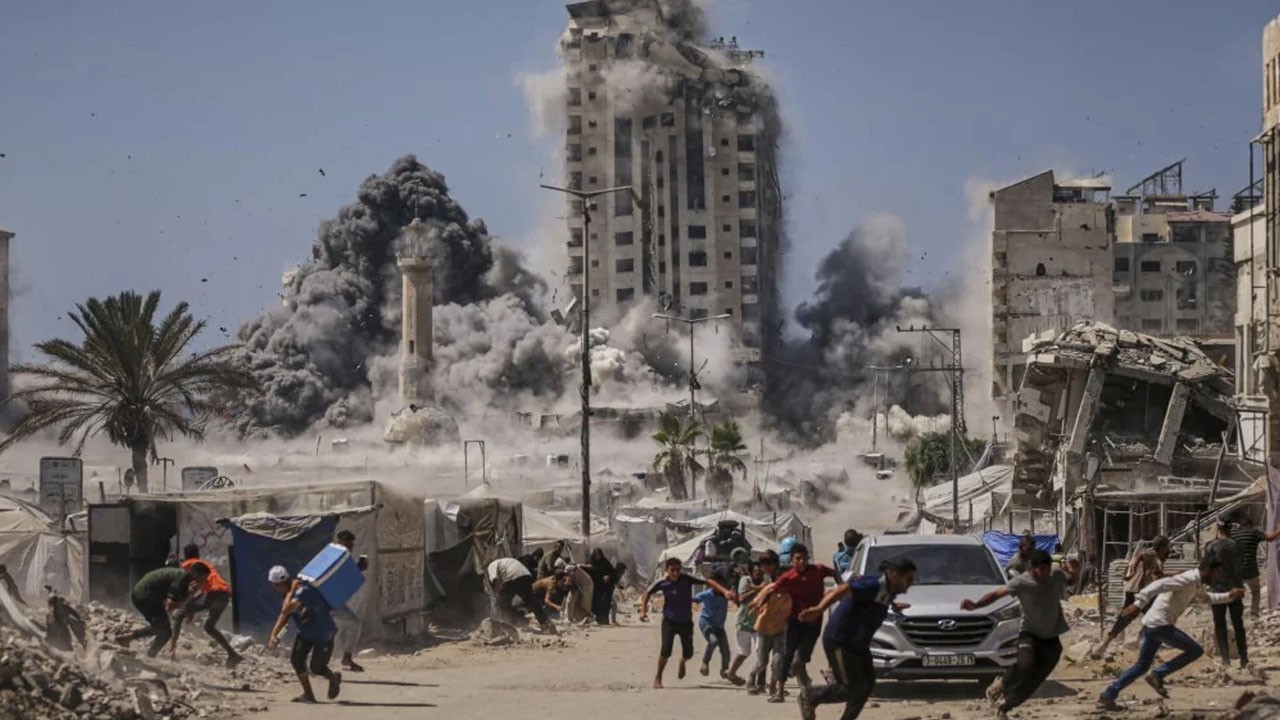
Web desk
|
6 Oct 2025
Two years have passed since October 7 2023, a date now etched in Gaza’s collective memory as the beginning of one of the most devastating and sustained assaults in modern history. What began as an intensive bombing campaign by Israel has evolved into a full-scale war against every aspect of Palestinian existence, from homes and hospitals to farms, schools, and the very air and water that sustain life.
According to health authorities, more than 67,000 Palestinians have been killed and nearly 170,000 injured, most of them women and children. Thousands more remain missing under the rubble of what once were homes and hospitals, unreachable even to emergency responders.
Collapse of health system
Gaza’s healthcare system, already fragile under years of blockade, has now all but disintegrated. The Palestinian Ministry of Health reports that of the 36 hospitals operating before the war, 34 have been completely or partially destroyed. More than 400 documented attacks have targeted medical facilities, ambulances, and healthcare personnel.
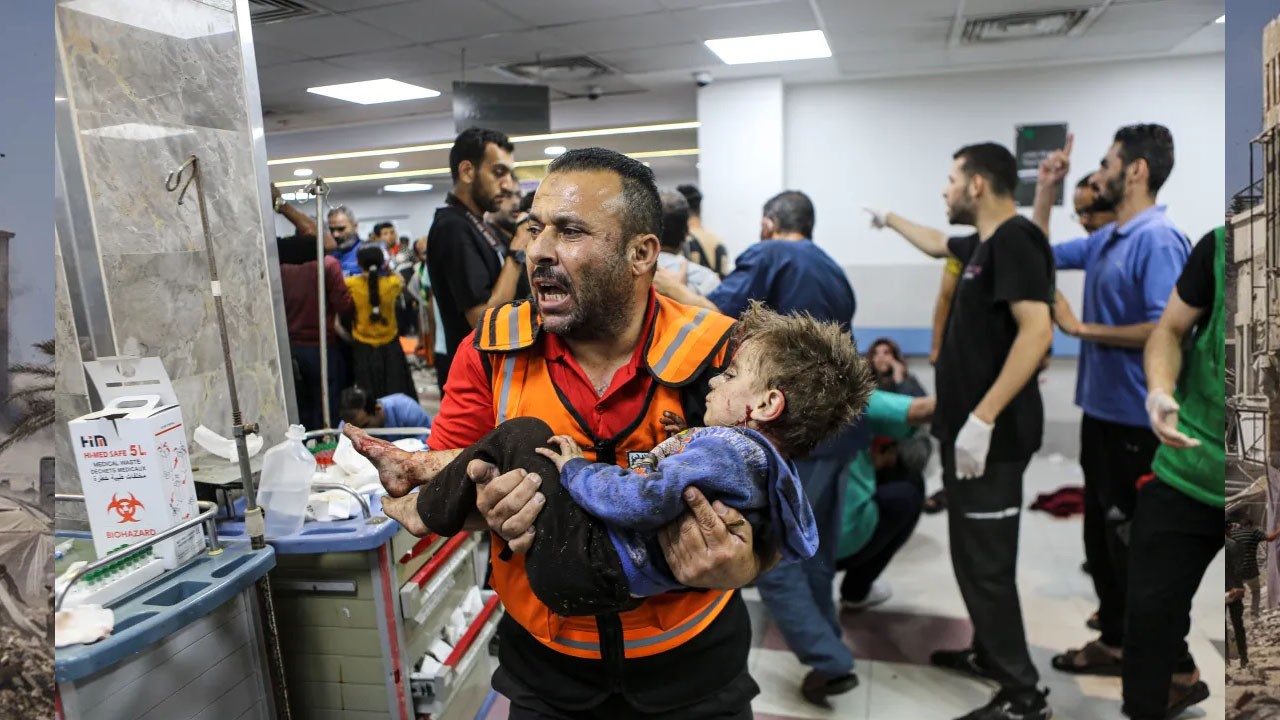
At least 150 ambulances have been damaged or destroyed, while surviving medical teams work in unbearable conditions — often without electricity, anaesthetics, or clean water. The few remaining hospitals, such as Al-Shifa, Al-Ahli Baptist, and Nasser, are filled far beyond capacity, operating amid scenes of chaos and desperation.
Starvation as weapon of war
By mid-2024, the UN-led Integrated Food Security Phase Classification (IPC) formally confirmed the outbreak of famine in Gaza. Over 500,000 people are living under Phase 5 conditions, the most catastrophic level of hunger, while 1.07 million face emergency levels and nearly 400,000 are in crisis.
Since October 2023, at least 459 people, including 154 children, have died due to starvation and malnutrition. Despite hundreds of aid trucks waiting at Gaza’s borders, Israel has severely restricted or blocked their entry. Since March 2025, crossings have been sealed entirely, tightening the siege and obstructing life-saving supplies.
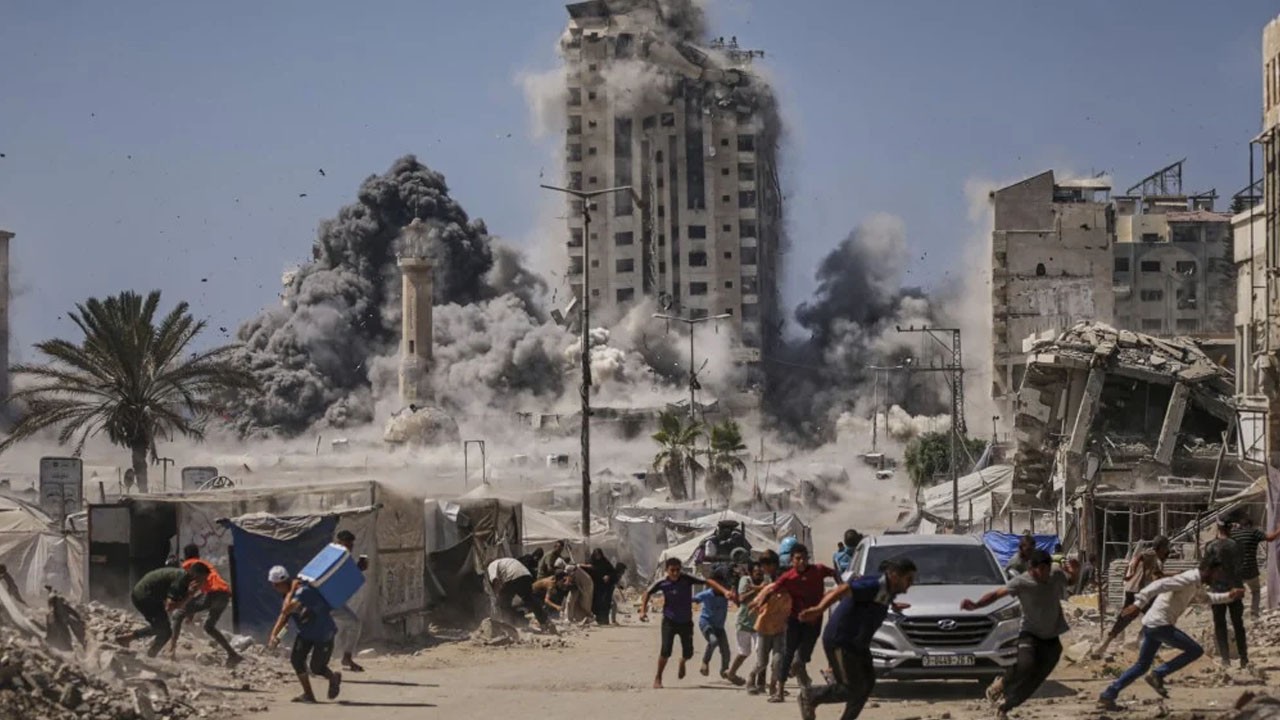
UN agencies describe the trickle of aid that is allowed through as “a drop in the ocean.”
Mass displacement and forced eviction
Over 1.9 million Palestinians — more than 80% of Gaza’s population — have been forcibly displaced, many multiple times. UNRWA reports that nearly every family has been uprooted at least once. Following an Israeli offensive in March 2025, 1.2 million people fled Gaza City within days, while the Israeli government approved a plan to gradually reoccupy the entire Strip, starting with the north.
According to OCHA, 88% of Gaza’s land — about 317 square kilometres — is now under evacuation orders. Entire towns have been emptied. From 20 to 27 September 2025, thousands were forced to walk for hours in search of safety, including the elderly, children, and people with disabilities.
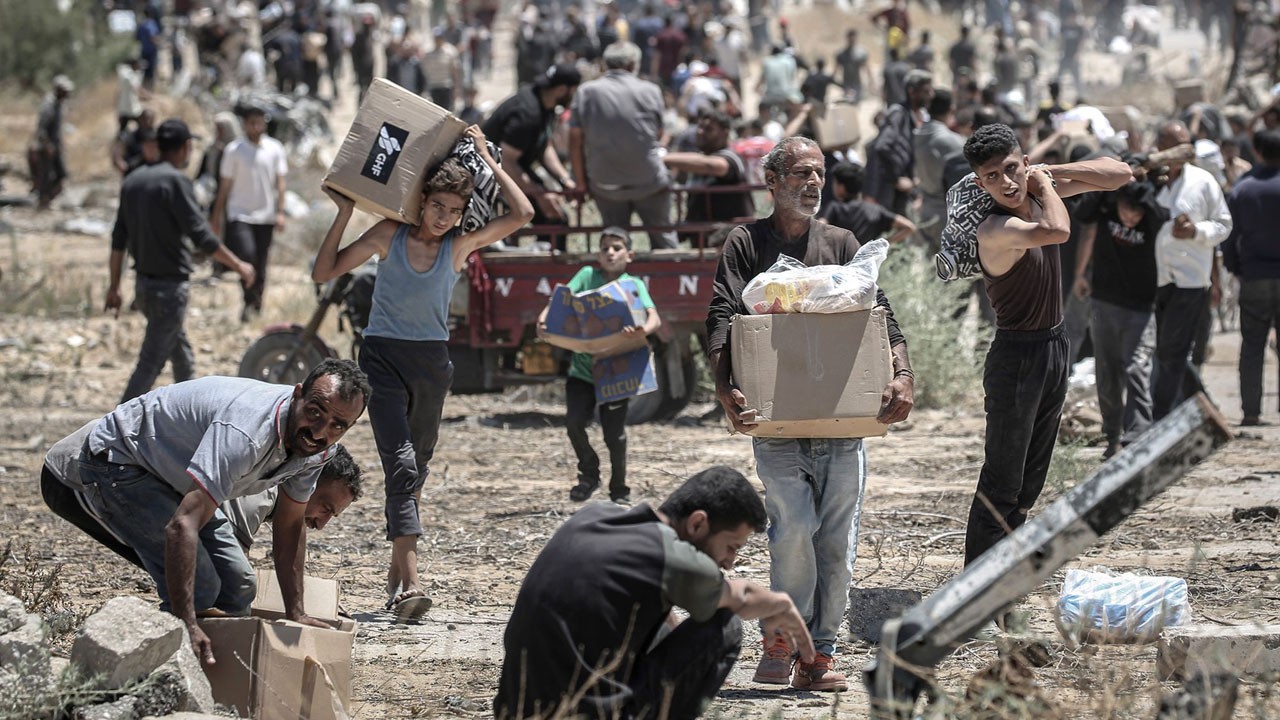
With 70 northern shelters now closed due to overcrowding or damage, tens of thousands of displaced people sleep under the open sky, without food or clean water.
Slow-motion environmental disaster
The destruction has not only shattered lives but also the land itself. In a September 2025 report, the United Nations Environment Programme (UNEP) warned that Gaza’s environmental collapse could take decades to repair. Clean water has virtually disappeared. Sewage systems have failed, and aquifers are contaminated.
UNEP estimates that 97% of tree crops, 95% of greenhouses, and 82% of seasonal crops have been destroyed, crippling Gaza’s ability to feed itself. Out of 250,000 buildings, 78% have sustained damage or complete destruction, generating 61 million tons of rubble — much of it contaminated with asbestos, chemicals, and heavy metals.
The combination of polluted air, water, and soil presents a grave long-term health threat, especially to children.
Systematic destruction of education
Education, too, has been methodically erased. The Ministry of Education reports that 179 public schools have been completely destroyed, while over 100 UNRWA schools are damaged or unusable. Twenty universities have suffered severe damage, and 60 university buildings have been flattened.
Since the beginning of the war, more than 18,000 school students and 1,300 university students have been killed. Over 1,000 educators have lost their lives. Around 630,000 students have been denied their right to education, with dozens of schools erased entirely from official registries.
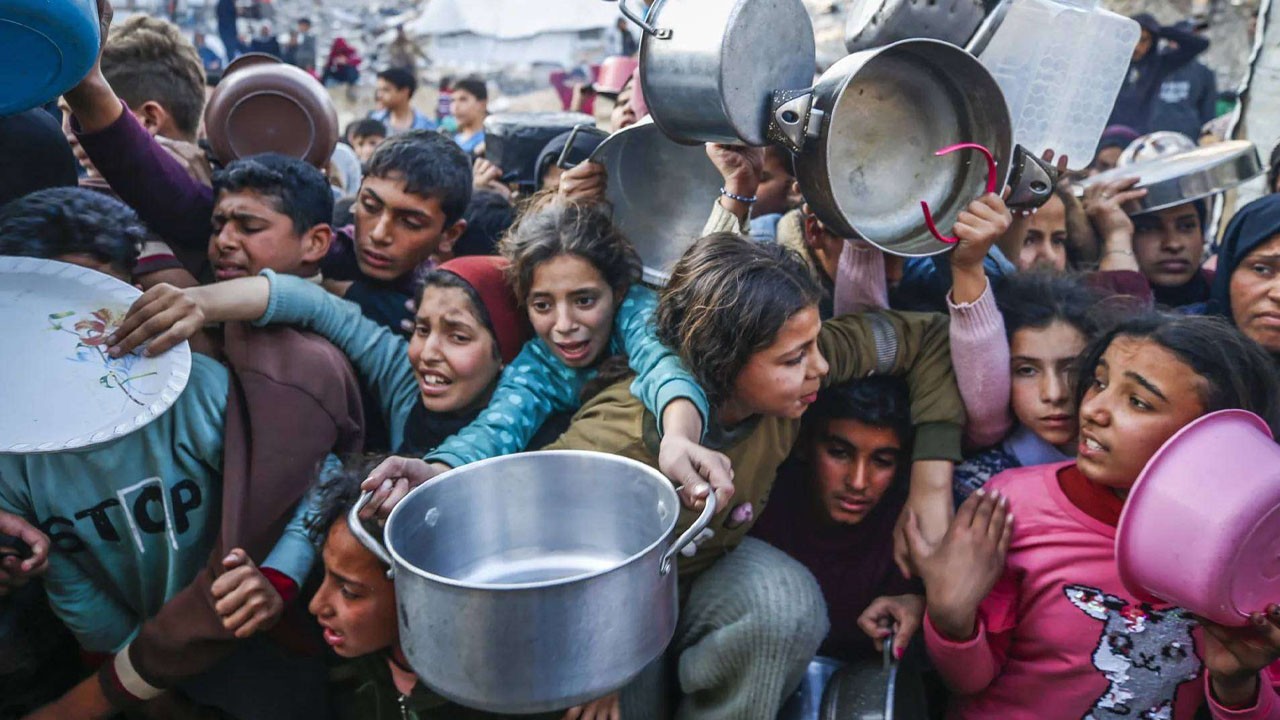
Despite impossible odds, authorities have conducted electronic high school exams for 27,000 students born in 2006, and are preparing to do the same for the next cohort.
World watching in silence
As the war enters its third year, the world continues to issue statements of concern but little action. Ceasefire talks have collapsed repeatedly, and humanitarian access remains strangled by political paralysis.
For the people of Gaza, life has been reduced to endurance — each day defined by loss, hunger, and survival. Generations are being shaped under bombardment, denied education, safety, and hope.
The war’s toll will extend far beyond Gaza’s borders, haunting not only Palestine but the moral conscience of the world that watched — and failed to stop — a genocide in slow motion.







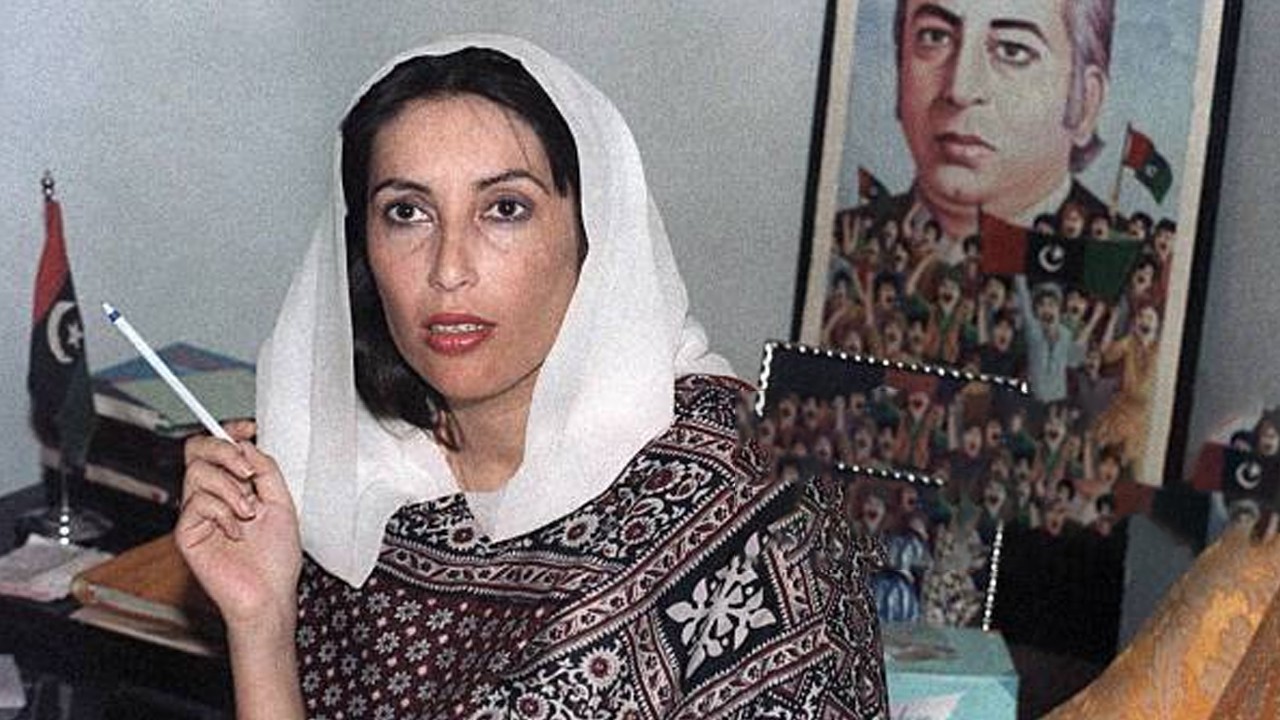



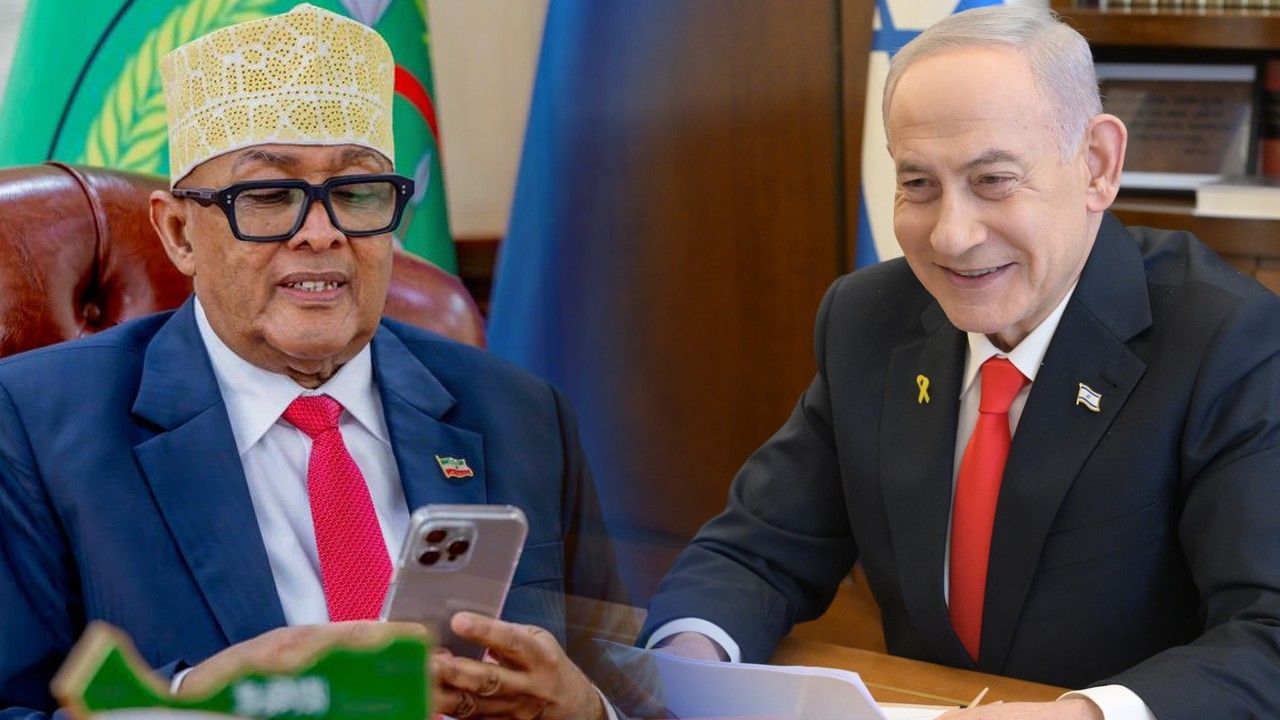
Comments
0 comment